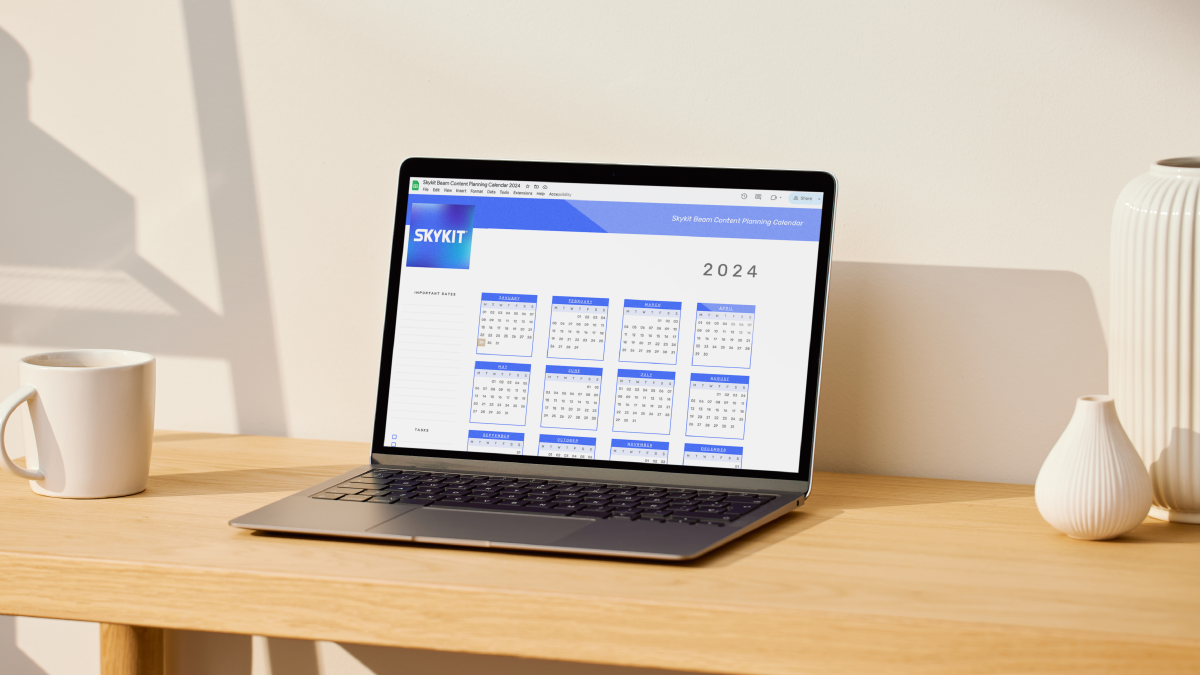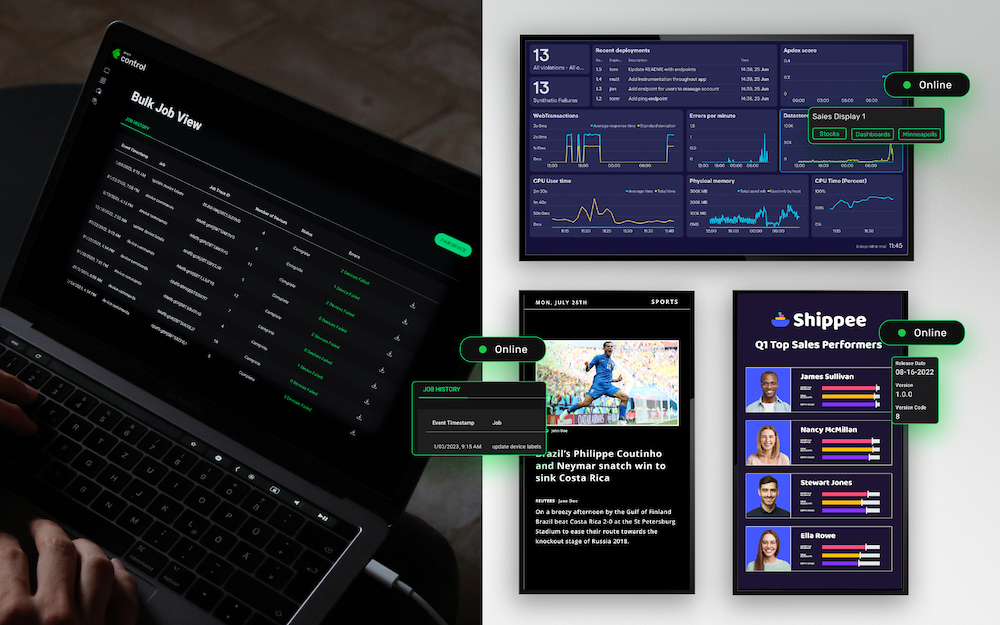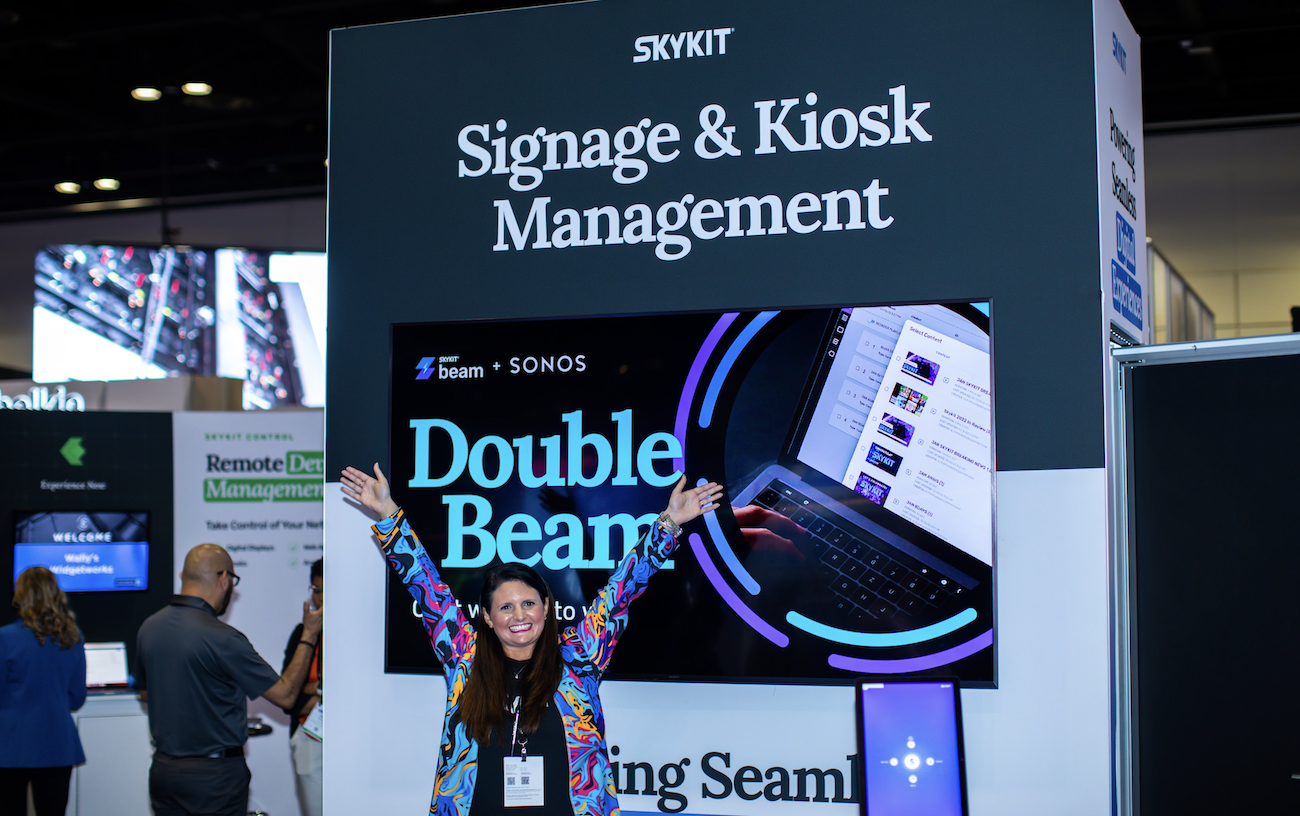The Android OS (operating system) has come a long way since its introduction in 2008.
Its journey from a foundling (this is the way) mobile platform to the most widely used OS on the planet has been marked by rapid growth, innovation, and adaptability.
However, like humans, Android underwent some JNCO jean phases while growing up. Let’s go on a journey through the growth of Android from infancy to a 30-something-year-old.
We will cover the rapid growth, first love, and heartbreaks of how Android became today’s OS powerhouse.
This approach will provide a terrifying perspective on the timeline of Android devices and hopefully some fond memories from the near past. Let’s see how this goes!
Infancy and Toddler Years: The Birth and Early Growth of Android (2008-2010)
The birth of Android in 2008 marked a new era in the mobile industry with the launch of the first Android smartphone, the HTC Dream.
This open-source mobile operating system showcased its potential. It opened doors for developers to create and distribute apps through the Android Market, more widely known today as the Google Play Store.
Everything was new to Android at this point; it was experiencing the world and everything in it for the first time, every fresh smell, unique taste, and texture.
This is the phase where our baby Android wanted to touch and feel everything, and no matter how much the house was baby proofed, it would put whatever it could get its hands on into its mouth.
90% of brain development happens In the first year for human children, and just like a human, our baby android’s decisions were pivotal in laying the foundation for success.
Key Points in Infancy (2008):
Launch of the first Android smartphone, the HTC Dream
This marked the birth of Android and showed that an open-source operating system might be able to compete with the current established players, and these names will bring back some nostalgia:
- Nokia’s Symbian OS: the world’s largest provider of the game snake
- Blackberry: The go-to choice for professional business folk mostly due to its full-on qwerty keyboard, jeez it was tough to type on
- iPhone OS: That was its name until 2010 when it became iOS. This was the cool new kid on the block from California that you thought was way older than you but was only a year older
- Windows Mobile: We don’t talk about Windows Mobile
- Palm OS: The OS that gained a cult following but never really figured things out
Introduction of the Android Market, more commonly known as Google Play
This was directly challenging Apple’s App Store and would be a market creator the likes we haven’t seen since the rise of the internet.
An open-source operating system allowing for greater flexibility and customization
The fact that Android is open source and how that helped its growth cannot be understated. It made the barrier to entry so much lower for manufacturers to customize for their specific needs. It also increased the speed of innovation, allowing developers to contribute to the platform as a community, and drove the pace of new features and resolutions for issues.
The Toddler Years (2009-2010)
As Android transitioned from infancy to toddler years (2009-2010), it started gaining traction in the market; aww, our little Android baby is beginning to crawl.
The release of Android 2.0 Eclair and 2.2 Froyo brought significant improvements and new features such as voice search, live wallpapers, and the ability to save apps to the SD card (this was wild for the time, and we will dive more into that below).
These advances helped Android devices become more appealing to a broader audience, leading to increased adoption.
Key Points in Toddler Years (2009-2010):
Release of Android 2.0 Eclair and 2.2 Froyo & Introduction of new features like voice search, live wallpapers, and SD card app storage
Voice search (in this version) and Live Wallpapers were pretty cool features.
They made accessibility and searching much easier and faster if you spoke very clearly but they paled in comparison to storing apps on an SD card.
Storing apps on an SD card opened up a whole new world (read as if you are Jasmine)
- The users:
Remember when you had a notebook full of all the contacts you had on your old device before you upgraded to a new version, well this helped solve that problem for your contacts and your applications. This also benefited consumers because they were not forced to buy the more expensive device with more extensive storage; they could expand storage via SD card; looking at you, Apple… - The manufacturer:
Less storage needed on the device allowed manufacturers to reduce the cost of the devices, which opened up new markets that were previously cost-sensitive.
Increased adoption of Android devices and growing market share
This was a wild time in Android growth; you can see the dots start to connect in the market, and decisions made for the consumer and manufacturers begin to open up entire previously under-served markets. Android wasn’t the only one making moves in the OS market, but they were doing it differently. The central theme with other competitors was limiting users to using their OS on their devices. From a business perspective, it makes sense, but that is what sets Android apart and what helped lead to its rapid growth.
Elementary to High School: Android’s Journey from Expansion to (Youthful) Leadership (2011-2016)
As Android progressed from elementary to high school, it experienced significant growth, maturation, and a solidification of its identity. Okay, I get it; leadership in high school is a bit of a stretch, but bear with me for storytelling.
This period saw the introduction of new features, design changes, and expansion into new areas beyond smartphones, ultimately leading to Android becoming the most widely used mobile operating system on the planet.
This period was when you try a bunch of different sports and clubs and join theater because your first girlfriend thinks you would be great at it. But it turns out our friend Android was pretty good at many different things, and we will go over some of the awesome stuff built during this time.
Elementary School (2011-2012):
Release of Android 4.0 Ice Cream Sandwich with unified design language & improved functionality
We mentioned that other operating systems were also making improvements during this time.
Most notably, Apple was paving the way to benchmark what an intuitive user experience meant on a mobile device. Android before Ice Cream Sandwich (ICS) had a fragmented design approach with different design elements across manufacturers; however, that was all changing with ICS. Google created “Holo” to provide a cohesive experience across device manufacturers.
Another introduction in ICS was near-field communication (NFC) which would pave the way for changing how we pay for things with Android Pay.
Google acquiring Motorola Mobility.
Until this time, Android had no dedicated manufacturer for its devices.
Now that it controlled the hardware that Android ran on, it gave them greater control over the user experience.
Middle School (2013-2014)
During its middle school years (2013-2014), Android went through growing pains and started to develop its unique identity. The release of Android 4.4 KitKat and 5.0 Lollipop brought performance improvements and the introduction of Material Design, respectively.
Additionally, Android expanded into wearables and automotive with Android Wear (now Wear OS) and Android Auto.
Key Points in Middle School
Release of Android 4.4 KitKat with performance improvements and Android 5.0 Lollipop introducing Material Design.
There were a lot of performance improvements that happened in both these OS versions. Still, the main one for Kitkat was the introduction of “OK Google,” which forever changed how your grandparents would prove to you how cool and tech-savvy they are; I love you, Grandpa, but please stop asking your phone questions and bragging about how smart it is. Lollipop was Android taking on its unique style, going from the kid who always sewed patches onto their clothes to a streamlined closet filled with Old Navy sweaters.
Android Wear (now Wear OS) and Android Auto.
Both helped demonstrate that Android could reach new markets and showed Android was capable of rapid innovation.
Android expands into Digital Signage
One of the main factors that led to the adoption of Android in the digital signage space was its open-source model.
This made it easier for manufacturers and developers to create custom software and hardware solutions. In addition, Android devices were, most of the time, far more affordable than the other hardware providers in the market. This low-cost-to-entry strategy seems to repeat itself. This led to Android becoming very popular with businesses.
You combine affordable with flexible and customizable turns out that works pretty well!
With Android making serious waves on the mobile and tablet side, digital signage rode the wave of adoption. As people became aware of Android, they became more comfortable with the platform and its capabilities, propelling its adoption even further.
Highschool
In its high school years (2015-2016), Android stepped up as a leader (kind of a stretch, I know) in the mobile operating system market. Android 6.0 Marshmallow and 7.0 Nougat introduced innovative features like Google Now on Tap, split-screen multitasking, and improved notifications.
The launch of Android Pay (now Google Pay) and Google Assistant marked Android’s transition from a mere operating system to a comprehensive platform.
At this point, it is evident that only two mobile platforms will dominate the mobile market, Blackberry, and Windows.
Just kidding, iOS and Android are the popular kids, and BB, Windows, and others are starting to see the writing on the wall pretty clearly.
Key Points in High School (2015-2016)
Introduction of Android Pay (now Google Pay) and Google Assistant.
Android Pay was a giant leap in the world of contactless payments. It was also years ahead of point-of-sale provider UX teams. Do you know what I am talking about? That person at the coffee shop smashing their expensive smart device against the little card reader was a sight.
But how Android Pay integrated with other services was the real kicker. With Android Pay fully integrated with other Google services such as the Play Store, spending thousands on your parents’ credit cards on Clash of Clans was made, dare I say, unethically easy, sorry Dad.
Smarter Home Automation:
“Okay, Google order 1000 pounds of dog food!” I never got this to work, but it wasn’t for lack of trying. Smart home devices were the wave of the future. This was another one that parents and grandparents loved to show off to the children (27-year-olds). But in all seriousness, this was great for making software more accessible and easier to use for consumers.
College to Adulthood: Android’s Innovations and Maturity (2017-Present)
College:
Android has continued to innovate, explore new frontiers, and mature as a platform from its college to adulthood. During this period, Android has seen performance, battery life, and privacy improvements, expanding its reach into new form factors and device types, ultimately consolidating its position as a leading platform.
Key Points in College (2017-2018):
Release of Android 8.0 Oreo and 9.0 Pie, with performance, battery life, and notification management improvements
Little did anyone know that the release of Android 8.0 would change how parties were DJ’d.
Do you remember when you had the music going on YouTube and then switched back to Spotify, and suddenly it would stop the music?
The disgust and disappointment that came after were haunting. But Android fixed all of that when they introduced the picture within a picture, which allowed users to watch videos while using other applications, some real inception-type stuff.
Android 9.0 Pie, aside from being a larger circular desert object, Pie built on the improvements that Oreo had introduced. Pie introduced an adaptive battery feature that used machine learning to prioritize batteries for the application and services that you used most.
But that isn’t the last time I will use machine learning in this paragraph. The adaptive screen brightness feature also uses machine learning to adjust based on your preferences. Machine learning was so hot until AI pummeled it into oblivion.
Introduction of foldable phones and other form factors, pushing innovation in the Android ecosystem.
Although foldable phones don’t apply to Android specifically as an operating system, it is worth mentioning the ways that the Android ecosystem keeps evolving.
This encourages manufacturers to think more creatively about different form factors for their devices, like a brand new Gameboy, it would be pretty awesome to see it soon! I realize that isn’t likely, but I am excited to see what manufacturers can do with this new technology, and hopefully, it doesn’t stop at the flip and the fold.
Young Professional
From 2019 to 2020, the Android OS saw several vital enhancements that improved user experience, privacy and security, and support for new technologies. Android 10 introduced a system-wide Dark Mode, a new gesture navigation system, and features like Focus Mode and Live Caption.
Google also prioritized privacy and security enhancements, introducing a new method for handling app permissions and a feature called Scoped Storage. Additionally, Android added support for 5G networks as they began to roll out.
Overall, these enhancements helped to make the Android platform more efficient, user-friendly, and capable of handling new technologies and use cases.
Key Points in Young Professional (2019-2020):
Android 10 and 11 along with this little thing called 5G
Dark Mode was released in Android 10; hmm, I find my mouth watery like one of Pavlov’s dogs for some reason.
This allowed users to set the dark mode system-wide, which was nice for the eyes. From a security and privacy standpoint, Android introduced Wifi Protected Access 3 (WPA3) to provide security against known attacks. Android also introduced some security functionality around user information, location, and application data.
I presume most of this was to combat the information Facebook wanted to track us using; that is a joke; please don’t sue me.
With support for 5G introduced and the exceptional speed enhancement, we really haven’t seen its whole impact on new innovations developed for users.
However, it has changed some consumer behavior. According to my good friends at Deloitte, consumers are reducing their use of Wifi. Even though it isn’t a significant decision to upgrade to a new device, it is table stakes for when you are inevitably forced to upgrade to a new device.
But as we have seen with other step increases in speed, I think we will see its actual impact in the next couple of years.
30 something-year-old
In its 30-year-old phase (2021-Present), Android’s journey towards maturity is marked by the release of Android 12, which introduced a redesigned user interface, improved privacy controls, and the new Material You customization feature.
Android’s focus on privacy, security, and performance remains strong as it integrates with other platforms and ecosystems, such as Chrome OS and Windows, through the Your Phone app.
Key Points in the 30-Year-Old Phase (2021-Present):
Release of Android 12 with a redesigned UI, improved privacy controls, and Material You
Honestly, in the last couple of releases, there hasn’t been anything super groundbreaking coming to Android. They are always fighting the good fight of providing additional security and privacy functionality.
Material You has done some friendly cleanup with design and usability, with an updated nav bar, and an improved floating action button, and it’s much more customizable.
Integration with other platforms and ecosystems
Android continues to expand into other systems, Ford announced that they would be using Android in their cars, and Android applications can be used on Windows 11. What’s the saying, the enemy of my enemy is my friend?
This has been fun to write, and if you are still reading this, thank you for your time! Android is not the same little cuddly operating system it once was, and that’s not bad.
For Android to be successful, it had to grow up. And it did. It matured from a chunky first-generation operating system to a full-fledged platform that people (and other companies) can build on and succeed through.
Whether you love Android, Apple, or BlackBerry or are waiting for Danger, Inc to come back with the Hiptop, there’s no denying that the smartphone and device world would not be where it is today without Android.





